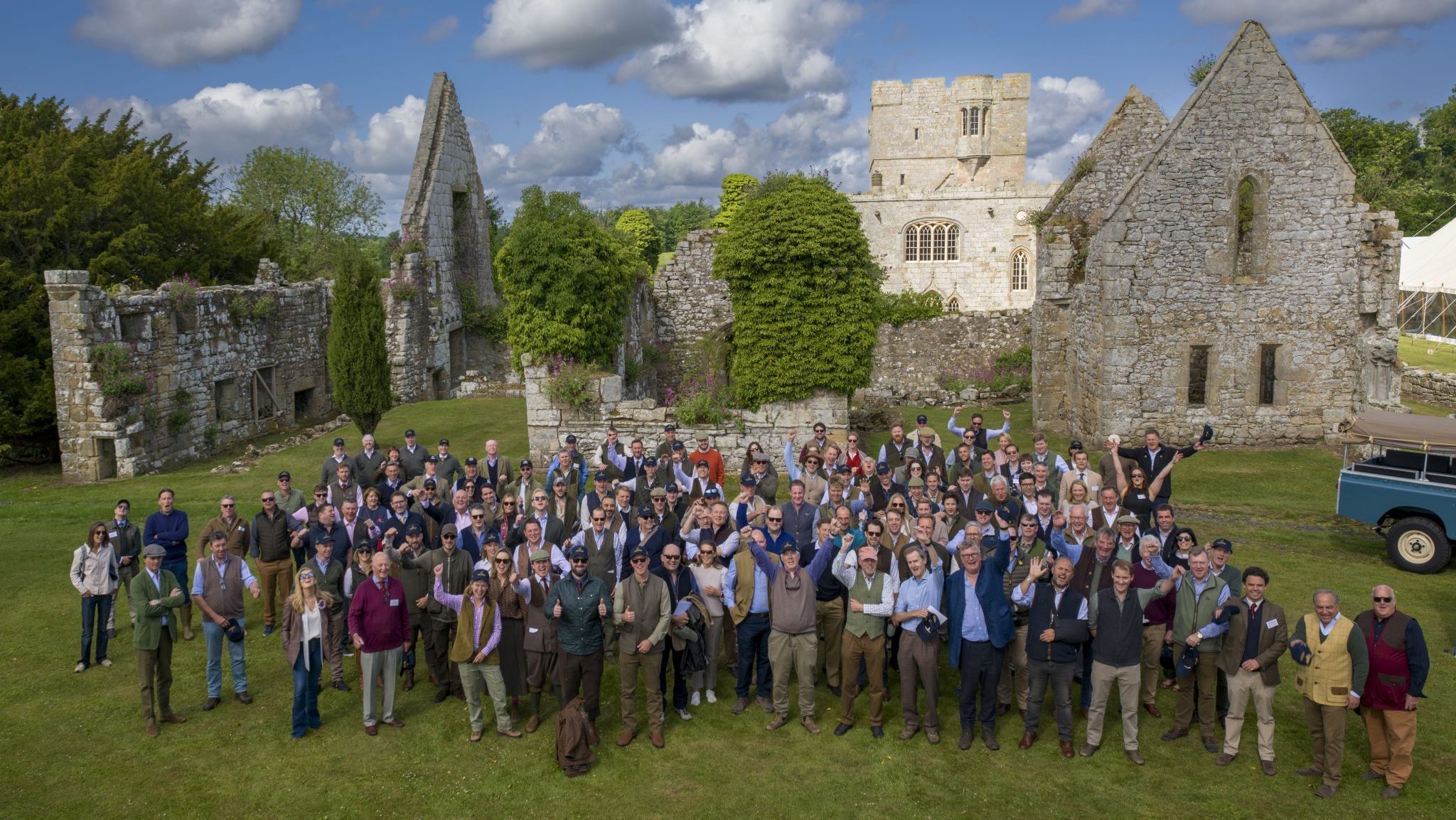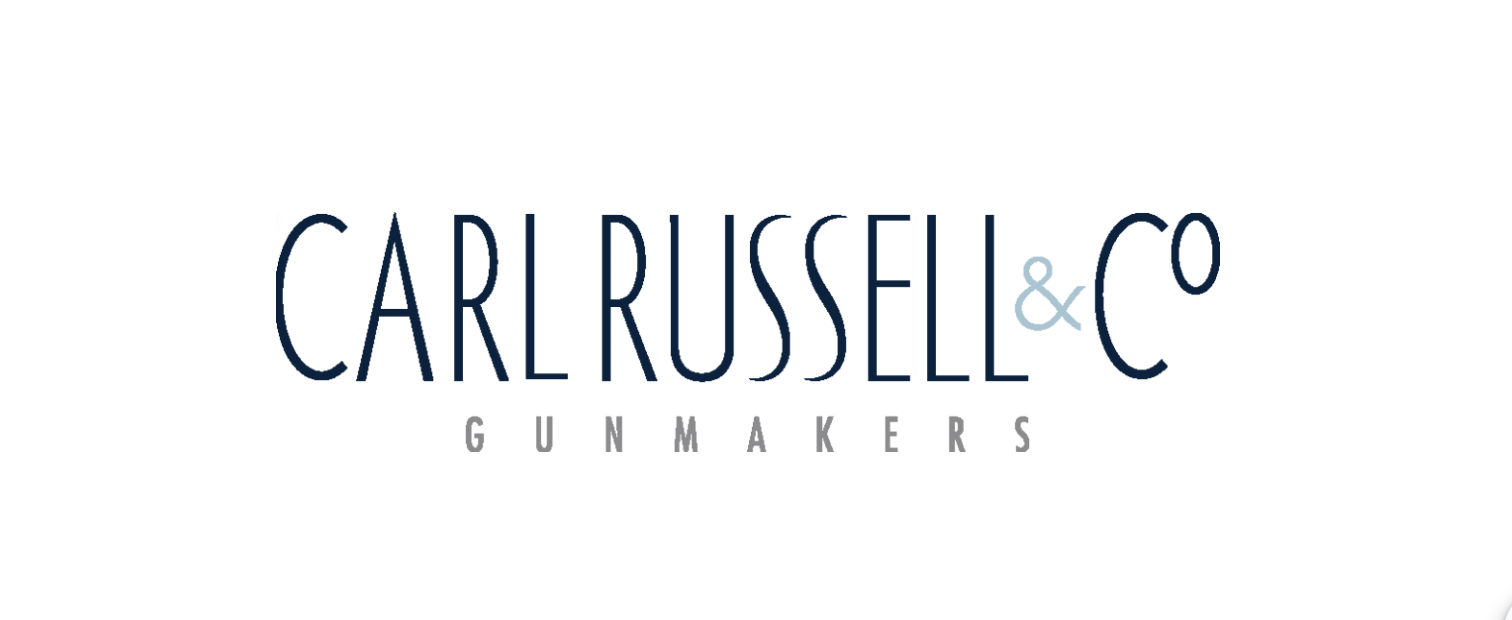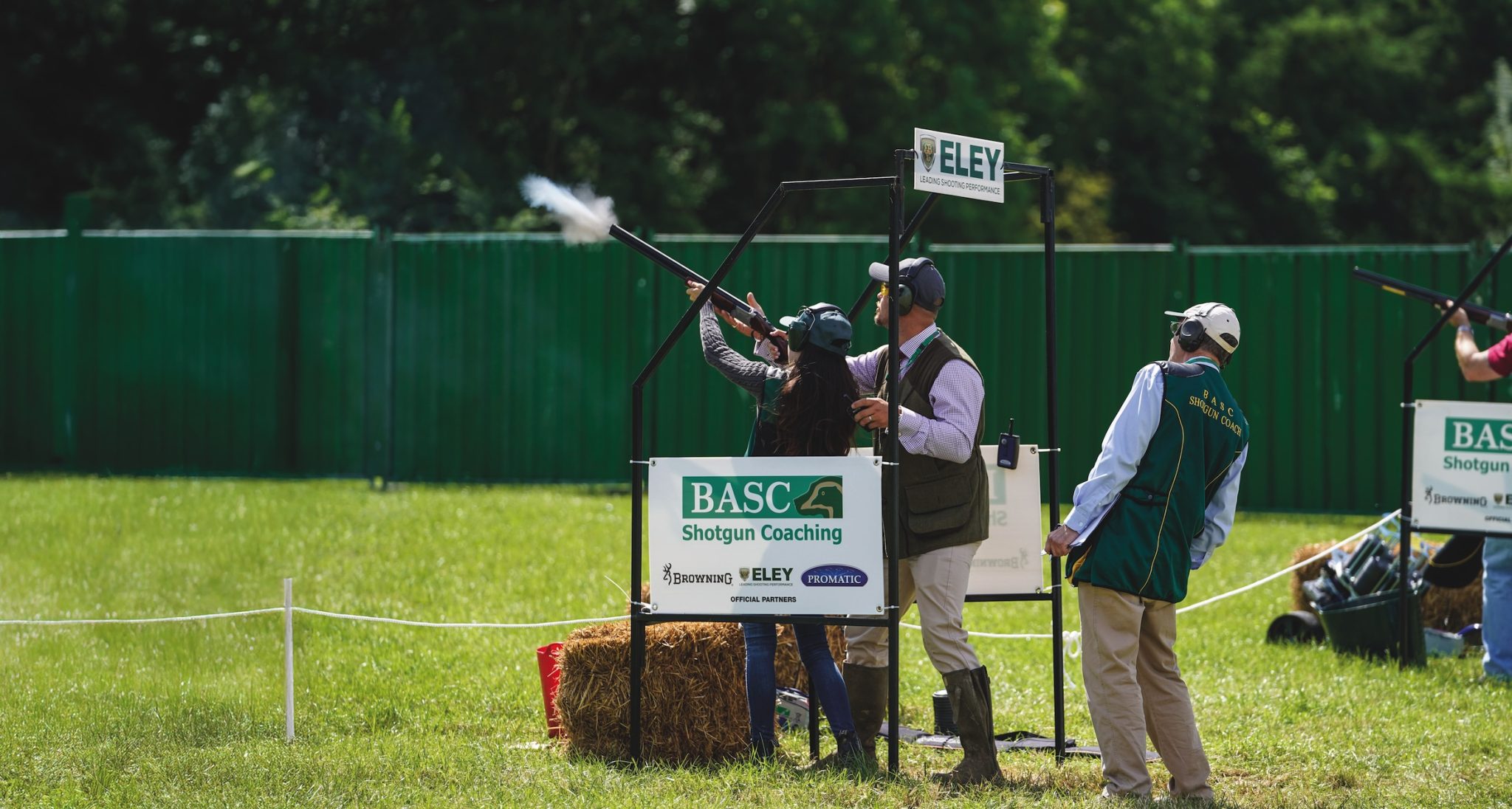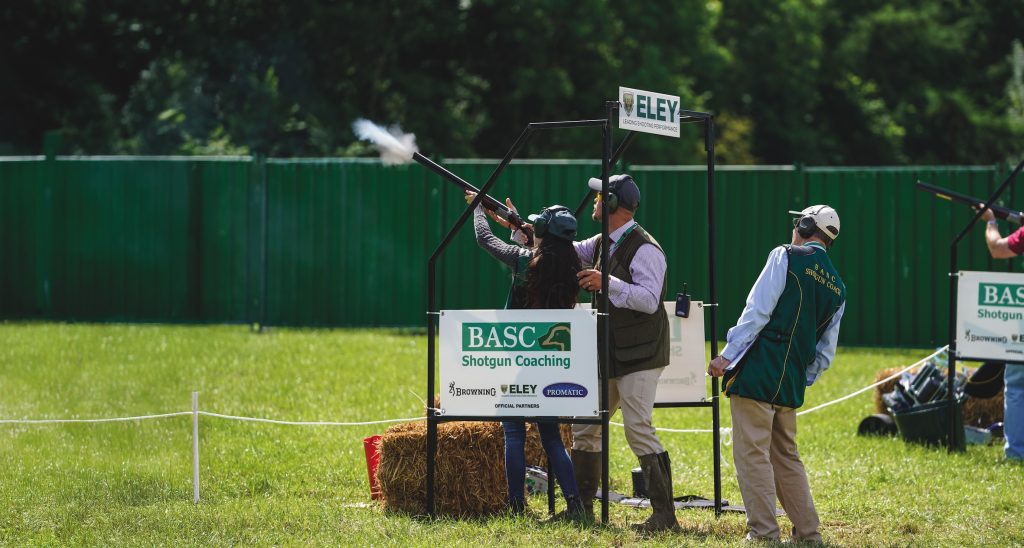News
DEFRA’s game code gets it right
<strong>Charles Nodder thinks that everyone with an interest in reared gameshooting should be please with the draft code for game rearing published by DEFRA last week</strong>
Would you like to speak to our readers? We offer sponsored articles and advertising to put you in front of our audience. Find out more.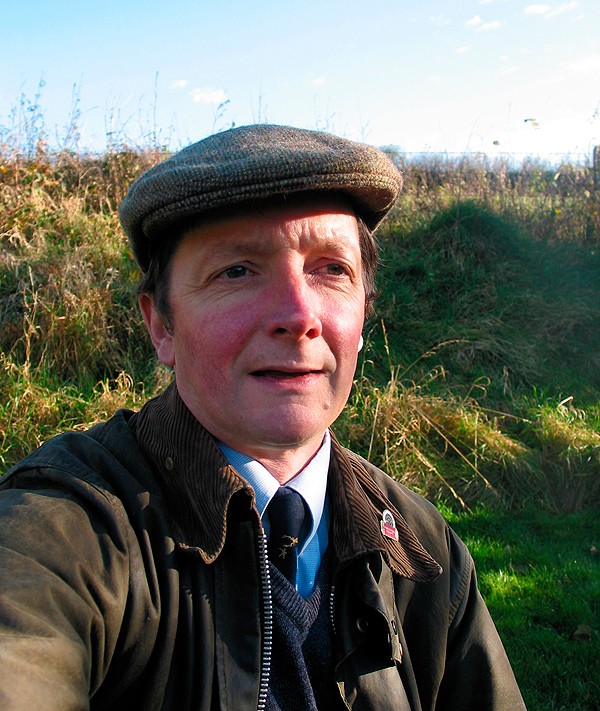
Gamefarmers, gamekeepers, and indeed anyone who shoots, should be pleased with the draft code for game rearing published by DEFRA last week. But being pleased isnt good enough. Everyone with an interest in reared gameshooting should now make a formal response to DEFRAs consultation supporting the text of the draft code.
The content of the code will already be familiar to professional game rearers. It follows closely the lines taken in the pre-existing Game Farmers Association (GFA)code on sensitive issues such as using bits, spectacles and brails. The Code of Good Shooting Practice, which is supported by all countryside organisations, has required adherence to the GFA code for several years, so game rearers should really have been doing what DEFRAs code will soon require anyway.
The difference is that the DEFRA code if approved by Parliament next April will add legal backing, which up until now the voluntary codes have lacked. It will provide a mechanism for chasing up the few who let the industry down. Equally importantly, it will provide Government recognition for the hugely important game rearing industry.
One controversial area in all this is the issue of raised laying cages. The Government consultation seeks views on three approaches to their future: leaving things as they are; banning the small barren ones but allowing the use of properly run enriched units to continue; or banning all cages completely. The middle way is the right one to support.
Leaving things as they are could risk birds being enclosed in laying cages that are ill-equipped for their needs. Banning altogether would sweep away the traditional partridge box and much more besides. The middle way allows well-run, modern systems that cater for all the birds needs to be developed. It has the support of the Farm Animal Welfare Council, vets and the industrys own representative body, the GFA.
BASC which has long opposed laying cages is instead calling for a minimum space allowance of one square metre for each laying pheasant. This reveals a significant misunderstanding of the issues. One square metre would be far too little space for a pheasant in a permanent grass-based flock-mating pen, but is more than enough when birds are raised off the ground so disease risks are lower.
Like them or not, economics dictate that pheasant laying cages cannot be wished away. It is better to allow them in the UK in enriched form than to export them to France, where they would be completely barren. At least if they are here, customers and the Government can keep an eye on them.
Have your say: if you have a view on a current news topic, send it, in no more than 500 words, to selena_masson@ipcmedia.com.
What is YOUR opinion?
Join other ST readers in our forums to discuss your views.
Like this article? Mark this page on a social bookmarking website…
Related articles
News
Duke's Challenge raises record-breaking £685,000 for GWCT
The shooting community has backed wildlife conservation in spectacular fashion, raising a record-breaking £685,000 for wildlife conservation
By Time Well Spent
News
‘So what exactly do you lot do, then?’
You’d be surprised how many projects staff and volunteers deliver, as well as BASC’s vital work helping members, says Conor O’Gorman
By Time Well Spent
Manage Consent
To provide the best experiences, we use technologies like cookies to store and/or access device information. Consenting to these technologies will allow us to process data such as browsing behavior or unique IDs on this site. Not consenting or withdrawing consent, may adversely affect certain features and functions.
Functional Always active
The technical storage or access is strictly necessary for the legitimate purpose of enabling the use of a specific service explicitly requested by the subscriber or user, or for the sole purpose of carrying out the transmission of a communication over an electronic communications network.
Preferences
The technical storage or access is necessary for the legitimate purpose of storing preferences that are not requested by the subscriber or user.
Statistics
The technical storage or access that is used exclusively for statistical purposes.
The technical storage or access that is used exclusively for anonymous statistical purposes. Without a subpoena, voluntary compliance on the part of your Internet Service Provider, or additional records from a third party, information stored or retrieved for this purpose alone cannot usually be used to identify you.
Marketing
The technical storage or access is required to create user profiles to send advertising, or to track the user on a website or across several websites for similar marketing purposes.

